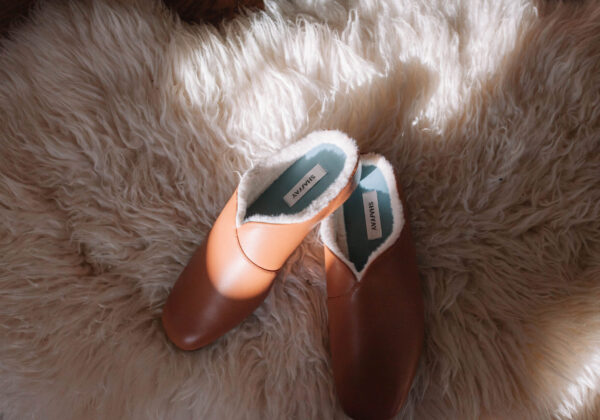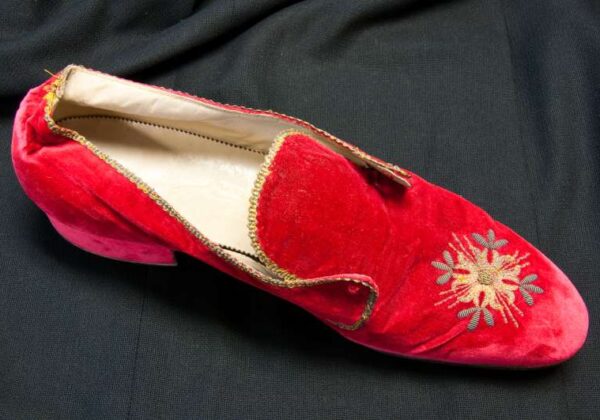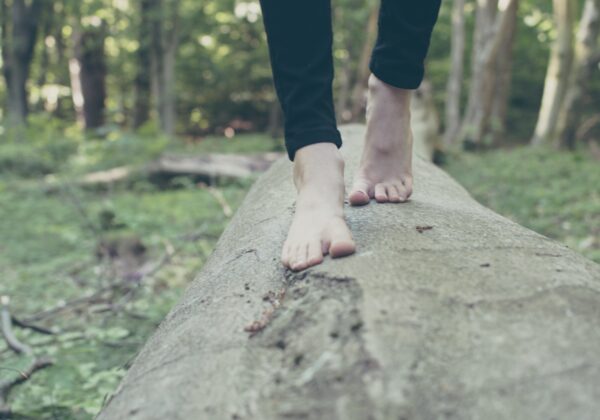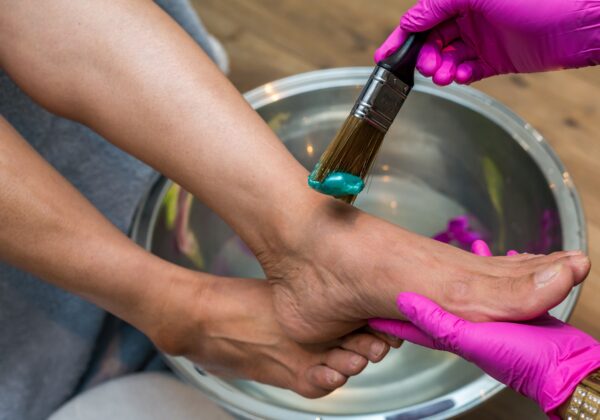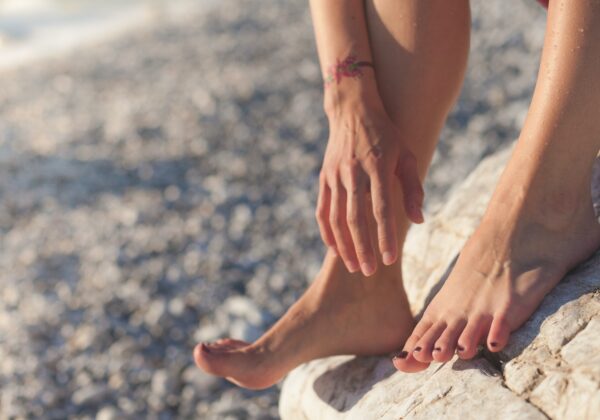Why do I have cold feet? is a question most of us have asked at some stage or another. While it is normal and often harmless to occasionally have cold feet, persistently cold feet can be a cause for concern. In this article, we’ll explore some common reasons why you might have cold feet and offer insights into potential solutions to keep your toes warm and comfortable. (Spoiler alert: it’s all about blood flow to the feet.)
1. Cold Weather
The most obvious cause of cold feet is being in a cold environment. Exposure to cold temperatures can cause your feet to feel chilly and uncomfortable. When the body senses cold conditions, it will prioritise warming its core, and that results in reduced blood flow to the extremities.
The solution to cold feet in cold weather is to layer up and keep moving. Dress warmly and wear appropriate footwear. When the weather is extremely cold, insulated footwear and heated insoles or heated socks can work well. Wearing a second pair of socks can help by trapping warm air around your feet. Most of all though, don’t stand still too long: keep moving to get your circulation working to warm those fingers and toes.
2. Poor Circulation
One of the primary reasons for cold feet is poor circulation. When blood flow to your extremities, including your feet, is restricted, they can become cold and numb. Poor circulation may be due to various factors, including sitting or standing in one position for extended periods, smoking, or underlying medical conditions like peripheral artery disease (PAD).
If you suspect an underlying medical condition, it’s important to consult your doctor. Most of us can improve our circulation with regular exercise and avoiding prolonged periods of immobility.
3. Anxiety and Stress
It seems that stress and anxiety can have a negative impact on almost every element of our health. Who’d have thought it could even cause cold feet? But it can. Stress and anxiety can trigger our “fight or flight” response, which can cause blood to flow toward our vital organs and away from the extremities. And, as we know, lack of blood flow to the extremities means cold feet.
The solution, of course, is to avoid stress. I hear you laughing. Easier said than done, we know. It is worth practising stress-reduction techniques such as deep breathing, meditation, or yoga to help relax and improve circulation. If all that is a bit too Gwynethwoowoo for you, you could try the in for three, hold for four, out for six breathing technique for a minute or two every now and then.
4. Anaemia
Anaemia is a condition characterised by a shortage of red blood cells or a decrease in haemoglobin levels. It can result in poor oxygen transmission throughout the body, leading to cold feet.
If you are anaemic, the solution might be as simple as eating more iron-rich food, but if you do suspect you might have anaemia, then check with your doctor. She will be able to give you a proper diagnosis and treatment plan.
5. Nerve Issues
Nerve-related conditions like neuropathy can lead to cold sensations in the feet. Diabetes, for example, can cause peripheral neuropathy, affecting nerve function and circulation in the extremities.
Proper management of underlying conditions, such as diabetes, and medications prescribed by a healthcare provider can help address nerve-related coldness in the feet.
6. Raynaud’s Disease
Raynaud’s disease is a condition that causes the blood vessels in the extremities to narrow in response to cold temperatures or stress. This can result in cold, numb fingers and toes.
Management Raynaud’s disease requires the guidance of healthcare professionals. It may involve medication, avoiding certain triggers and taking special care to keep warm.
7. Footwear Choices
Wearing shoes that don’t provide adequate insulation or circulation can cause cold feet. Shoes that are too tight or that compress the toes can restrict blood flow around the foot.
Choose well-fitting shoes with a little wriggle room and which are made of breathable materials. Wear cotton or moisture-wicking socks to help maintain proper foot temperature and circulation.
8. Aging
As we age, our bodies may become less efficient at regulating their temperature, and this can lead to coldness in the hands and feet in particular.
Of course, there is nothing we can do about getting older. What we can do is be sure to dress warmly in cold weather and try to keep moving to promote circulation. (Yet another reason to keep ourselves as active as possible as we age!)
Experiencing cold feet occasionally is normal, but persistent coldness may be indicative of an underlying issue. It’s essential to pay attention to your body and to speak to your doctor if you are concerned. Most of us can keep our feet warm, comfortable, and healthy by understanding the potential causes of cold feet and implementing appropriate solutions. And remember, maintaining good overall health through a balanced lifestyle will help you stay active and that is key to keeping those feet toasty.


